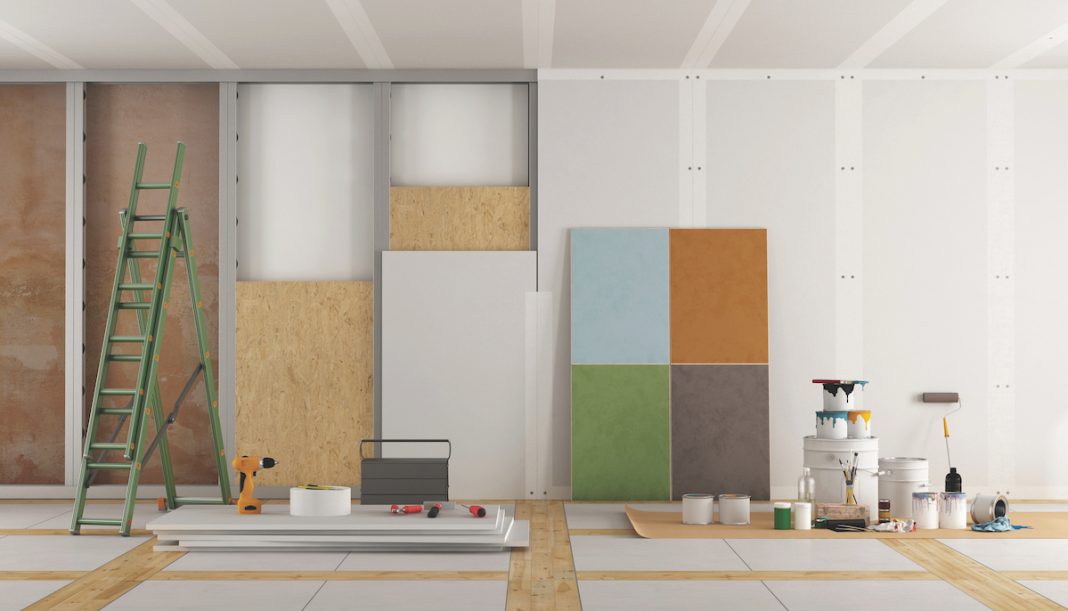There’s no shortage of scenarios in which hoteliers need to secure financing for property enhancements. Whether transforming a hotel from economy to upscale, refreshing a property to comply with brand standards, upgrading tech capabilities, or creating an unforgettable new restaurant, these projects are all completed in an effort to enhance the guest experience.
“What’s certain is that based on guest expectations and guest preferences, you need to keep a hotel modern and fresh in order to make sure that you’re maximizing the RevPAR that you’re able to earn,” says Dilip Petigara, CEO of Access Point Financial, a hospitality-focused direct lender that specializes in financing these improvement projects.
“You need to keep a hotel modern and fresh in order to make sure that you’re maximizing the RevPAR that you’re able to earn.”
Property upgrades are necessary expenditures all hoteliers have to find ways to pay for. So here are five strategies to go about securing your next property improvement plan:
1Develop a Business Plan
PROPERTY IMPROVEMENT PLAN
This is a brand standards compliance requirement for many hotels that compels individual properties to improve or keep current certain amenities and features. Examples would be upgrading to a certain type of television or bed sheet in an effort to help owners improve market share, guest satisfaction, and profitability. When you buy a property, the contract could also require a PIP to ensure the hotel continues to operate at an acceptable standard. Properties that fail to complete required PIPs could face penalties as severe as being eliminated from the brand altogether.
Greg Dickhens, principal and managing partner at Trinity Investments, a real estate investment firm with a portfolio heavy with hotels and resort properties, recommends going into any project with a tight plan in place.
“We spend a lot of time doing that internally, looking at an asset and trying to determine how you can reposition that asset within that market to achieve the best financial returns,” he says. “It is an exercise we go through before we acquire the asset. And when we do acquire the asset, it’s working with the respective management team, whether it’s the incumbent team or a new management team and brand to get them to buy into that strategy.
“From there, it’s furthering those plans and getting an architect and an interior designer who have gone through the details of what that execution would look like and costing it out, then funding that either through the reserve accounts or additional equity contributions,” Dickhens says. “However,” he adds, “in the case of a large repositioning or financing, we would be incorporating that into our initial funding with the lender.”
2Add Up the Costs—All of Them
When it’s time for a PIP, you may get an official document alerting you about what you have to take care of. Then it’s basically all on you to figure out the rest.
“Part of it is going to figuring the cost of the carpeting or the wall vine, the case goods,” Petigara says. “That’s more easily quantifiable because you have a set quantity that you need to acquire. Then, you have to go out to contractors and ask questions like, ‘What’s it going to cost to install this? To store it? To get it shipped? To have an electrician replace light fixtures?’ The owner will have to go out and do that and adequately cost the price of the PIP. And once they cost the price of the PIP, they know what they need to fill.”
3Ask the Right Questions
There are also important questions to ask of your lender, Petigara says. Depending on how comprehensive your PIP is, you should press them on these basic questions:
- How can I finance the PIP?
- How can I pay it?
- Rather than refinance my entire debt, how can I source the financing needed just for the equipment or the cost of the renovation? And How much of that can I put in equity towards that?
“If it’s a million-dollar PIP, do I have $300,000 to put towards that? Or if it’s $1 million PIP and I can refinance my hotel, can I refinance it all and get some of that necessary cash available in order to pay for that PIP?” Petigara says. “In those cases, the lender may reserve those dollars at closing to make sure they’re being funded towards the cost of the PIP.
4Expect the Unexpected
You never know what’s lurking behind a wall before you open it up as part of a renovation project, so you should always brace for all kinds of headaches. Build those unexpected challenges into the budget.
“As best you can, you want to rely on your construction professionals to tell you what would it take,” Petigara says. “And then, I would recommend certainly going out and obtaining pre-bids and probably making sure that those bids are coming in fairly close to each other; you may not necessarily want to select the cheapest one—particularly if its far cheaper than the other bids.”
5Consider Hotel-Specific Lenders
“You have lenders who are specific to FF&E (furniture, fixtures, and equipment), and then you have lenders that may agree to fund the acquisition of the property,” Petigara describes. “But what we’re seeing recently is a lot of conventional lenders who are saying they are maxed out on hospitality or are reducing their available leverage on hospitality because of their expectation with respect to the slowing RevPAR gains. In those circumstances, we see more opportunity being in having a hotel-specific lender finance those projects more competitively.”












